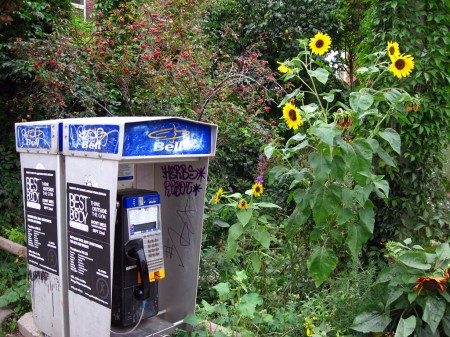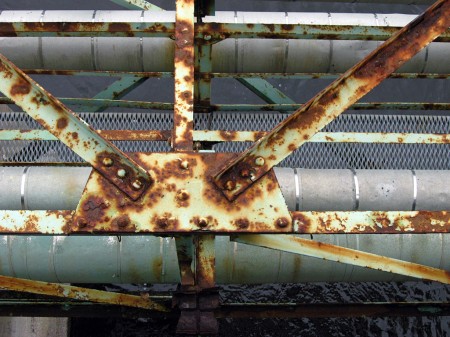I once again have cause to praise the excellence of Mountain Equipment Co-Op as well as W. L. Gore & Associates. Two years ago, I got one of their excellent but now discontinued Aegis rain jackets. Recently, I noticed that a patch on the back near my right shoulder was starting to de-laminate: the Gore-Tex was coming apart from the nylon.
I took the jacket into MEC today to ask if there was any way to stop the patch from spreading. They told me that Gore-Tex has a lifetime guarantee that their jackets will not delaminate and that they would refund me the original purchase price. I used it towards a new MEC Synergy Jacket. It is dramatically lighter than the Aegis and has waterproof zippers instead of flap-covered ones. The only obvious downside is that there are fewer and somewhat less capacious pockets. The new jacket is less cumbersome and takes up less space in a pack. It is also made from Gore-Tex Pro Shell, which is supposedly more waterproof and breathable than the Gore-Tex XCR the Aegis was made from. I hope I get the chance to climb some rainy mountains in the new garment – ideally back in British Columbia.



